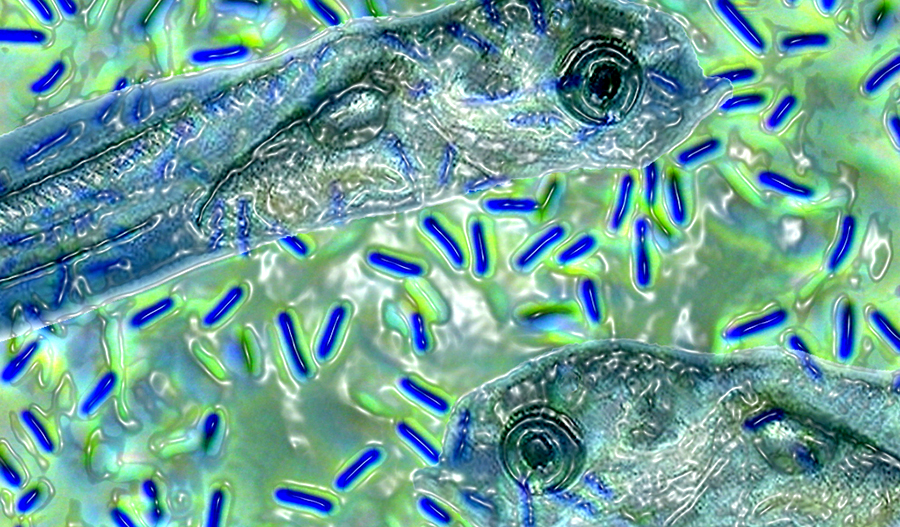Scientific Background - Analysis and Control of Microbial Systems
Scientific Background

Microbial ecology
As a rationale for the importance of Microbial ecology it is tempting to cite the famous theoretical ecologist Robert M. May of the University of Oxford "Whether you are interested in how ecosystems evolved, their current functioning or how they are likely to respond to climate change, you're going to learn a lot more by looking at soil microorganisms than at charismatic vertebrates." To indicate the significance of microorganisms: they inhabit all ecosystems with macrobes and numerous other habitats, all aquatic ecosystems has a microbial basis, microbes are essential for all biogeochemical cycles, microbes are essential for functioning and services provided by all ecosystems – including humans, microbes a.o.
Issues dealt with in microbial ecology may be of fundamental character or of a more applied nature, as the case in environmental biotechnology. Key issues in microbial ecology are:
- Limiting factors for critical processes and significant organisms
- Identification of key biotic interactions
- Structure and function of food webs
See also additional external info on Microbial ecology.
Environmental biotechnology
In principle, Environmental biotechnology may include:
- Cleaning of effluents and treatment of waste
- Alternative and more environmental friendly processes
- Alternative and more environmental friendly products
Biocatalysed processes may be more environmental friendly because they give less by-products and can be run at lower temperatures. Products may be made more biodegradable, such as new types of plastic materials and polymers or new types of detergents. In practice, however, environmental biotechnology is mainly the first alternative, with fields of application such as a) biological (waste)water treatment (removal of organics, N, P, S, metals), b) biological flue gas treatment (removal of odour, sulphide, volatile aromatics), c) bioremediation of soil (degradation of xenobiotcs, oil, PAH, PCB), d) biodegradation of hazardous waste (xenobiotics, hazardous compounds), e) Biofuel and biogas production from wet organic waste.
See also additional external info on Environmental biotechnology.
The metagenomics era
Previously, development was restricted by the fact that most of the relevant microbes pure cultures could not be established, and thereby cannot be studied by classic microbiological methods. Now, molecular biology has developed new methods and gene probes that make it possible to label and study even non-culturable bacteria and populations in situ, that is in nature or in a treatment plant. This has revolutionised the whole field of microbial ecology in a way that the scientists of the American Society of Microbiology (ASM) in 2002 characterised as "a crossroads of opportunity" and the engineers of the International Water Association (IWA ) already in 1997 as "The key to the design of biological wastewater treatment systems". Ecogenomics was the term of this new field proposed by ASM. However, the alternative denotation metagenomics now seems to take over:
Metagenomics (also denoted environmental genomics, ecogenomics or community genomics) may simply be defined as the study of genetic material recovered directly from environmental samples. It will form a strong interconnective scientific link between the development of environmental biotechnology and microbial ecology for the future.
See also the International Society for Microbial Ecology ISME.
